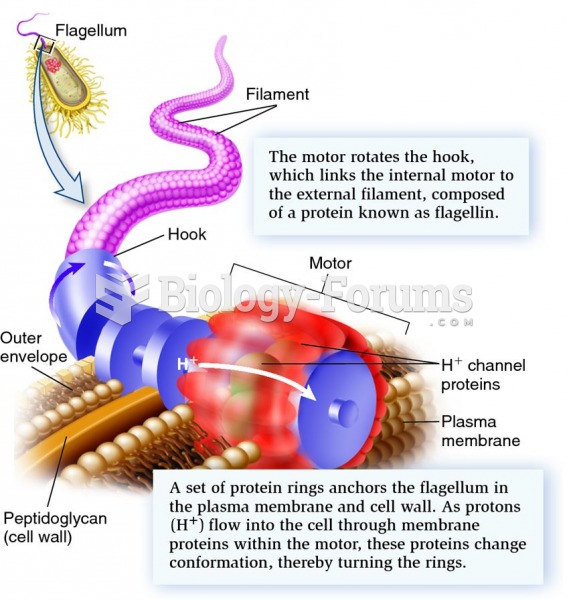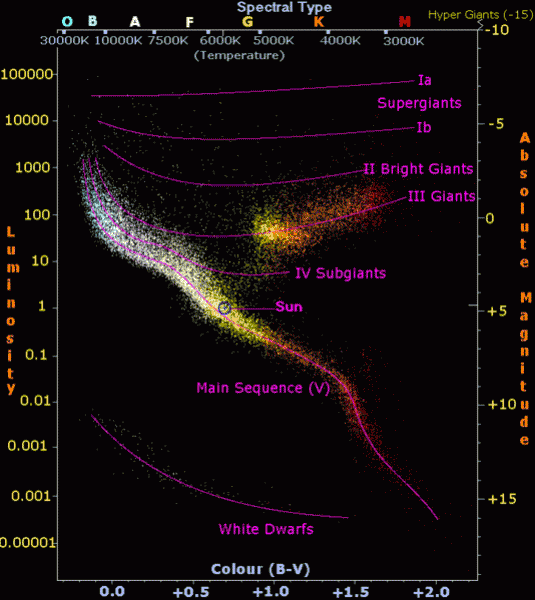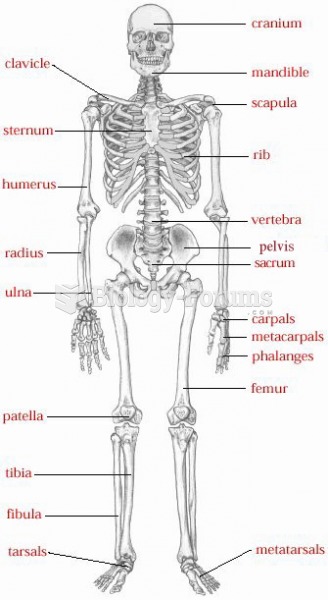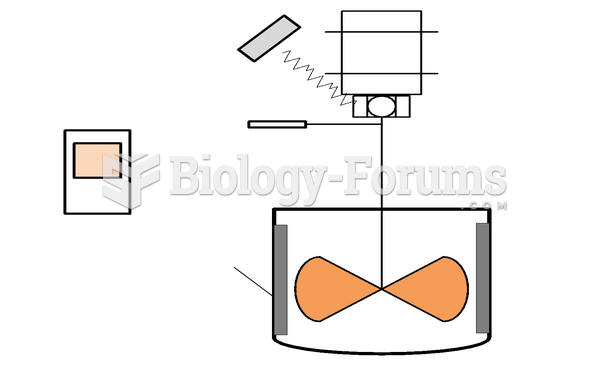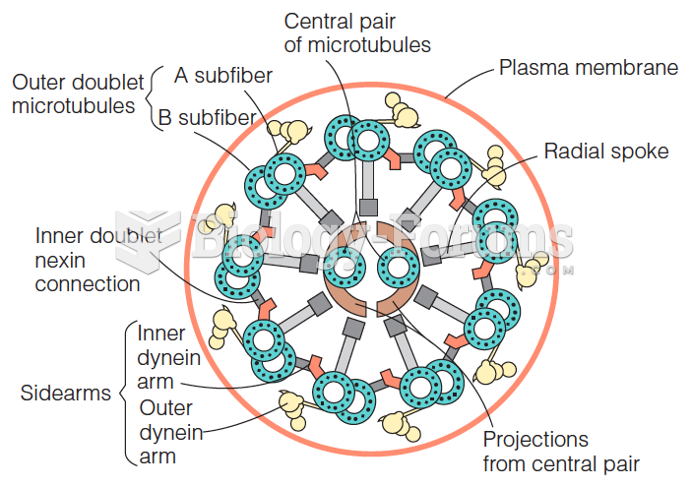|
|
|
The first oral chemotherapy drug for colon cancer was approved by FDA in 2001.
Drugs are in development that may cure asthma and hay fever once and for all. They target leukotrienes, which are known to cause tightening of the air passages in the lungs and increase mucus productions in nasal passages.
More than 34,000 trademarked medication names and more than 10,000 generic medication names are in use in the United States.
There are immediate benefits of chiropractic adjustments that are visible via magnetic resonance imaging (MRI). It shows that spinal manipulation therapy is effective in decreasing pain and increasing the gaps between the vertebrae, reducing pressure that leads to pain.
On average, someone in the United States has a stroke about every 40 seconds. This is about 795,000 people per year.


